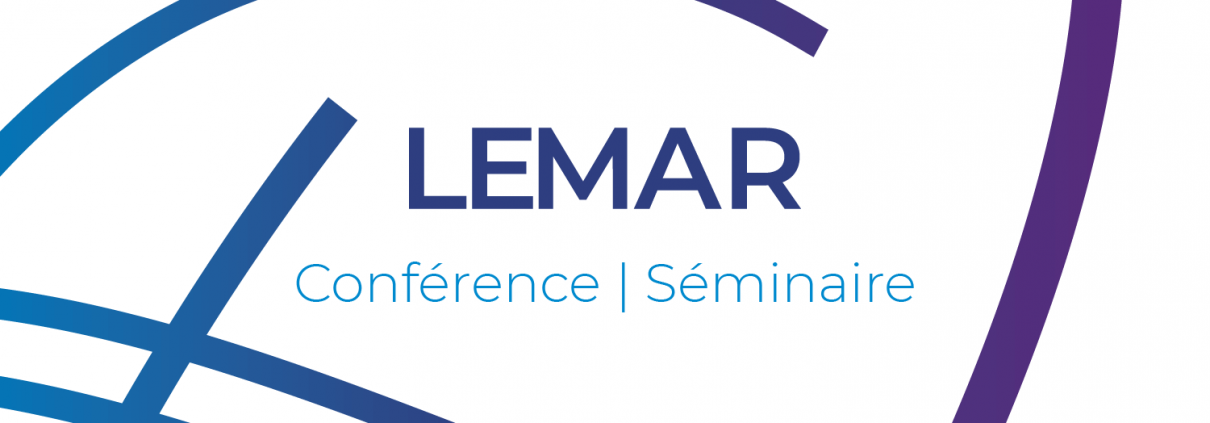Festival RESSAC, à l’année prochaine !
The Ressac Festival, supported by UBO and coordinated by Christine Paillard, was the Arts and Sciences event of the beginning of the year. It took place in the week of 7-11 March 2022. See you next year!
This year’s theme was “Variations” and the programme was particularly exciting: researchers, artists or students proposed more than 35 events or original creations at the crossroads of arts and sciences scattered over the city of Brest and its region.
The Lemar was present at the festival, through several events:
- The project “Hydrofaunie: sound immersion in underwater life” (passages des Arpètes, aux Atliers des Capucins). This installation is the result of a collaboration between scientists Gildas Roudaut and Anne Lebourges-Dhaussy, students from the Image & Sound course (UBO) under the direction of Philippe Ollivier and Etienne Hendrickx, and students from ENSTA Bretagne. The sound creation Hydrofaunie transforms the images from acoustic sounders, called “echograms”, to offer a double auditory journey: the vertical dimension of the distribution of organisms in the water column, from the surface to the seabed, and the temporal dimension on day and night cycles. This creation is an invitation to listen to the invisible and the inaudible of the depths.
- The photographic exhibition “Rhizaria, discovering silicified radiolarians” (BU du Bouguen). In the ocean, living beings use silicon, the second most abundant chemical element in the earth’s crust, to build their skeleton. Among them are the Rhizaria, microscopic single-celled marine organisms distributed throughout the world, living from the surface to the deepest depths. Relatively unknown, technological developments combined with the curiosity of scientists have led to new discoveries. The images on display, derived from innovative electron microscopy techniques, highlight the extraordinary forms of these fascinating microorganisms. They are the work of Valentin Foulon, Natalia Llopis Monferrer and Philippe Eliès (PIMM UBO) and are accompanied by an interactive poster developed by Sébastien Hervé.
- During the closing night of the festival, LEMAR was present through two participations. A photographic exhibition of the Paddle Project, with images from Senegal, Brazil and Cape Verde by Sébastien Hervé. A musical conference by the SONARS Project, a collaboration of Laurent Chauvaud and François Joncour around acoustics in marine ecology and underwater sounds.








